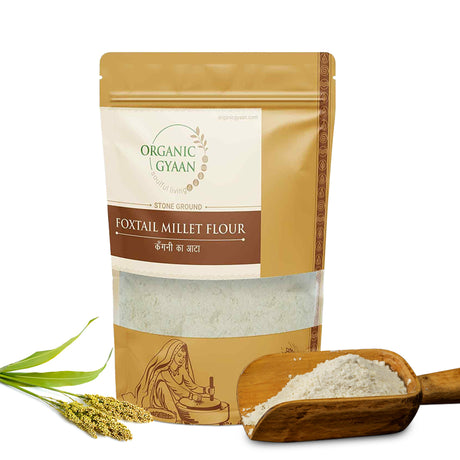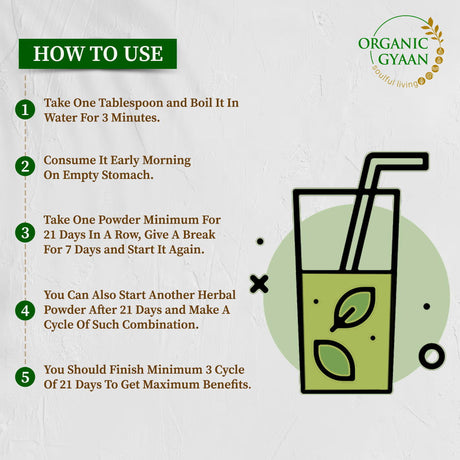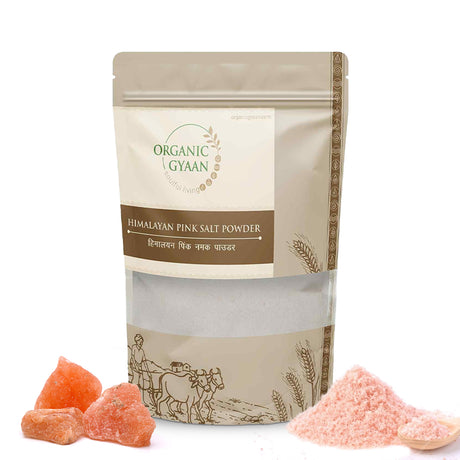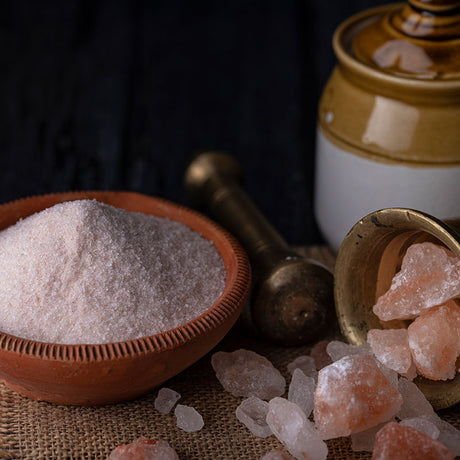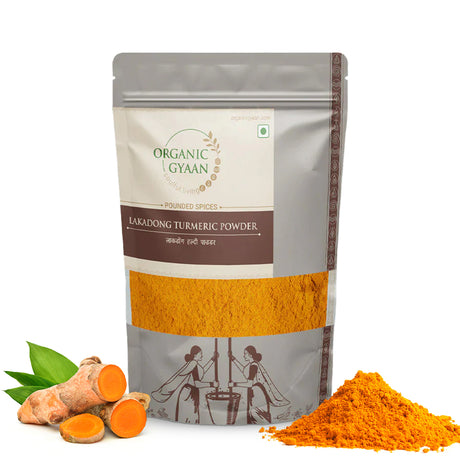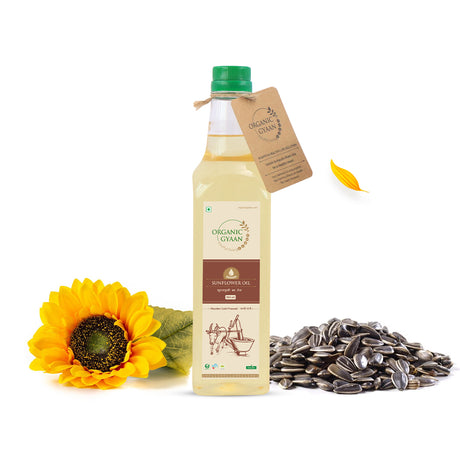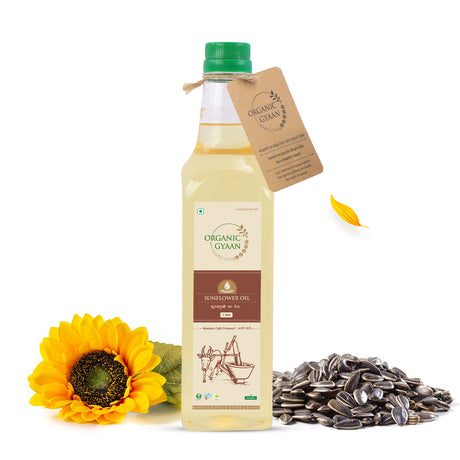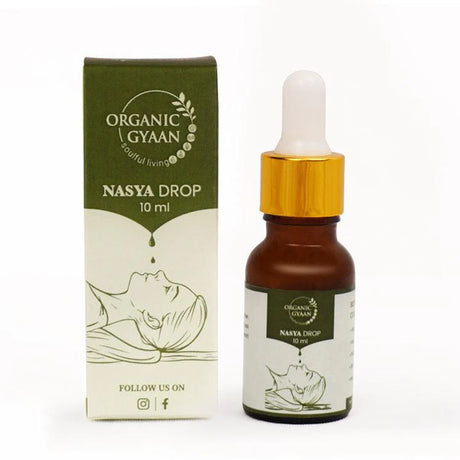Often, you must have come across the terms like A2 milk. A2 Ghee, A2 curd, and so forth. But do you know what exactly A2 means? A2 and A1 are proteins in the casein family found in the milk we consume. We are sure you would love to know the difference between A2 and A1 Protein, right? A1 and A2 are the two almost similar proteins, each containing 209 amino acids known as the building blocks of any protein.
So, what makes A2 different from A1 Protein?

This is a bit scientific but exciting to read about. The only difference between A2 and A1 Protein is the 67th amino acid in this chain. What is the difference at the 67th Amino Acid will be your next question, and why is it important to know? So, here we go:
At the 67th position, A1 has Histidine amino acid at the 67th position, whereas A2 has proline amino acid. I'm sure you are still scratching your head and wondering what difference it makes, be it Histidine amino acid or Proline amino acid. Well, there is a vast difference
In A1 milk, this single change at the 67th amino acid chain, when broken down, can create peptide BCM-7 (Beta-casomorphin-7). BCM-7 is the biggest culprit for various health issues all over the world. It belongs to the opiate family, which can adversely affect the immune system, blood pressure, abnormal sugar levels, digestive issues, heart diseases, and many more. Even the research states that BCM-7 affects the Central Nervous system, which can bring about neuro disorders like cognitive disorders, which affect learning ability and aggravated symptoms of autism.
So, all in all, it is always advisable to choose A2 over A1!
Now, let us get a detailed insight into
What Is A2 Ghee?
There are various breeds of cows, such as Jersey cows, crossbreed cows, and Desi/Indian Cows. The Ghee produced using crossbreed cows differs from that produced by Desi/Indian Cows. Desi Cows such as Gir Cows, Red Sindhi Cows, and Sahiwal Cows produce A2 milk {containing A2 Beta-Casein protein}, with is highly nutritious, whereas jersey and other crossbreed cows produce A1 milk, which is less nutritious compared to A2. Another important thing about Desi Cows is that they have Surya Ketu Nadi, a unique veined hump. The sun, moon, and other bright bodies provide energy to this vein, and the cows transform this energy into milk, urine, and dung. Thus, Ghee formulated from this A2 milk is much healthier, nutritious, and tasty.
Now comes the important part of making the A2 Ghee. We use one of the oldest methods of processing the A2 Ghee, which is BILONA PROCESS! You must be wondering what Bilona is and what is so special about the Bilona process?
How A2 Ghee is made using Bilona Process

Bilona is a wooden beater where the mixture of curd and milk is churned with hands and a rope to get the white Makhan. However, there are steps to follow to make A2 Bilona Ghee:
Step 1: Boil the A2 Milk got from the desi Indian cows
Step 2: Add A2 Curd to the milk and let the mixture set at room temperature overnight
Step 3: Once the curd is set churn the curd into a wooden beater (Bilona)
Step 4: It’s churned until the mixture is turned into white butter (white Makhan)
Step 5: Now the butter is boiled in a mud pot with cow dung cakes at low heating flame until we get the ghee (Clarified butter).
Difference Between A2 Bilona Ghee and Normal Ghee
This is a piece of very important information that an individual should know before buying the Ghee. Today, most shops sell Ghee, which is manufactured by heating the Malai / Cream. Customers are never informed about the milk source, the cow breed, or the product's total traceability. This Ghee is produced in large amounts on an industrial scale. To preserve the taste, texture, and aroma, they add additives such as artificial color and flavor, which can be harmful. A2 ghee is made with genuine A2 milk with the traditional Bilona process. No additives or colors are present in this Ghee which results in the product being natural and more nutritional compared to normal Ghee.
Using A2 Bilona Ghee in Meals and Its Benefits
It is natural that using authentically processed A2 Bilona pure ghee has more benefits than normal Ghee. You can use A2 Bilona Ghee in any dish you like, such as subjis, khichdi, parathas, roti, plain rice, or sweets, or you can have it raw. A2 Bilona Ghee has macro and micronutrients that fulfill the daily dietary requirement of the body. It is a rich source of antioxidants and vital vitamins like Vit B2, B12, B6, C, E, and K, Omega-3, Omega-6, and Omega-9 fatty acids, and healthy amino acids that helps nourishes the body, enhance digestion, increase immunity, good for the heart health and bone health, nourishes the skin and much more.
Now that we have given enough reasons for ‘why you should include A2 Bilona cow ghee in your meals?’ So, what are you waiting for? Get your jar of A2 Ghee filled with taste, nutrition, and wisdom of Ayurvedic goodness today!
Buy Best A2 Gir Cow Ghee




